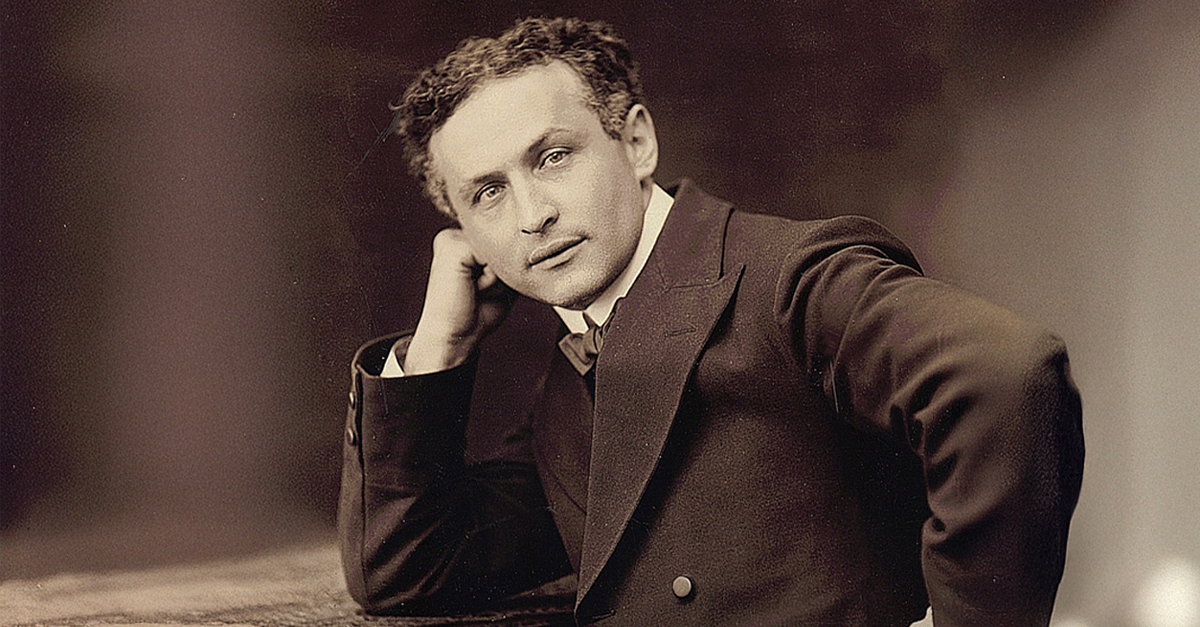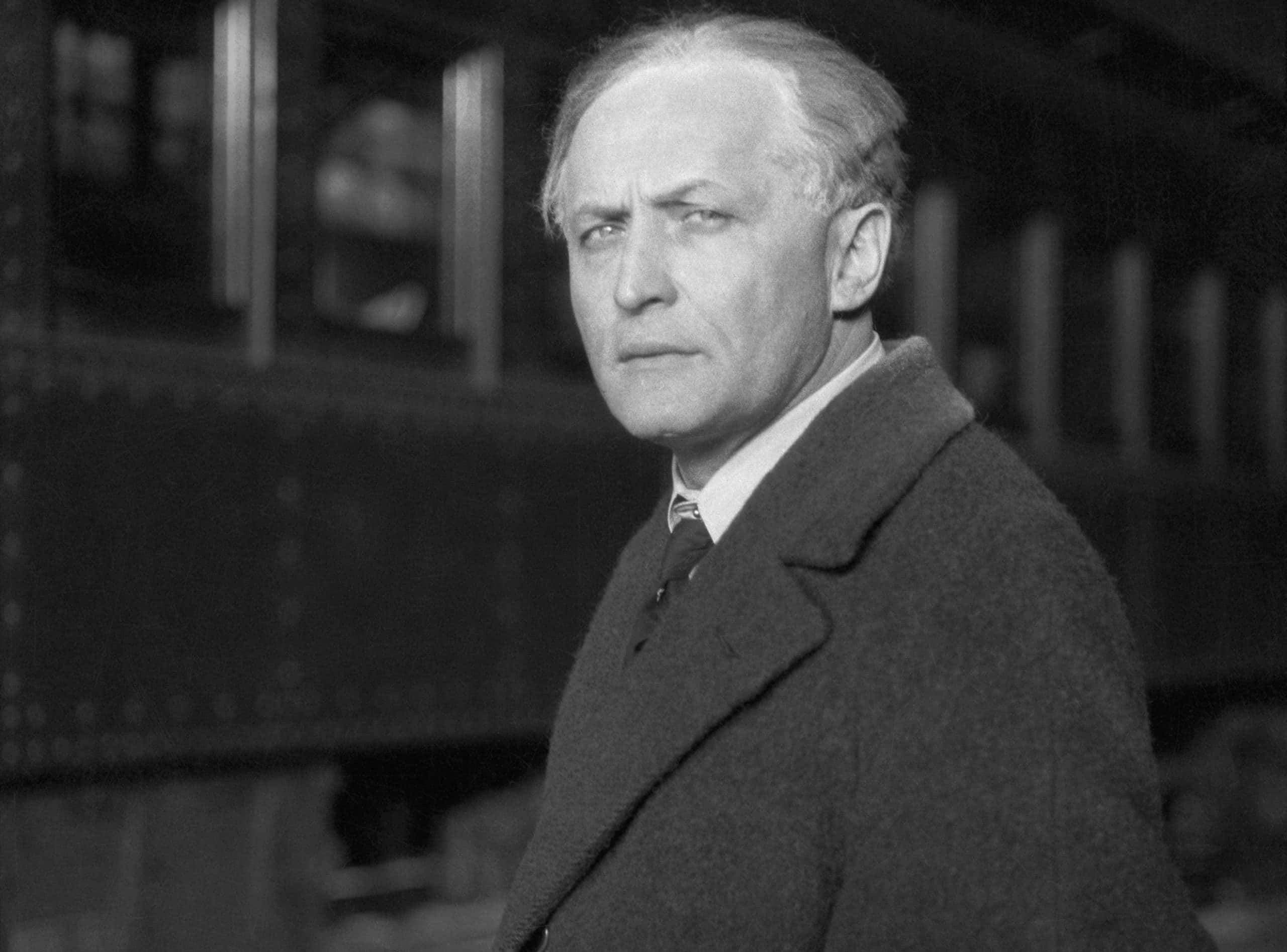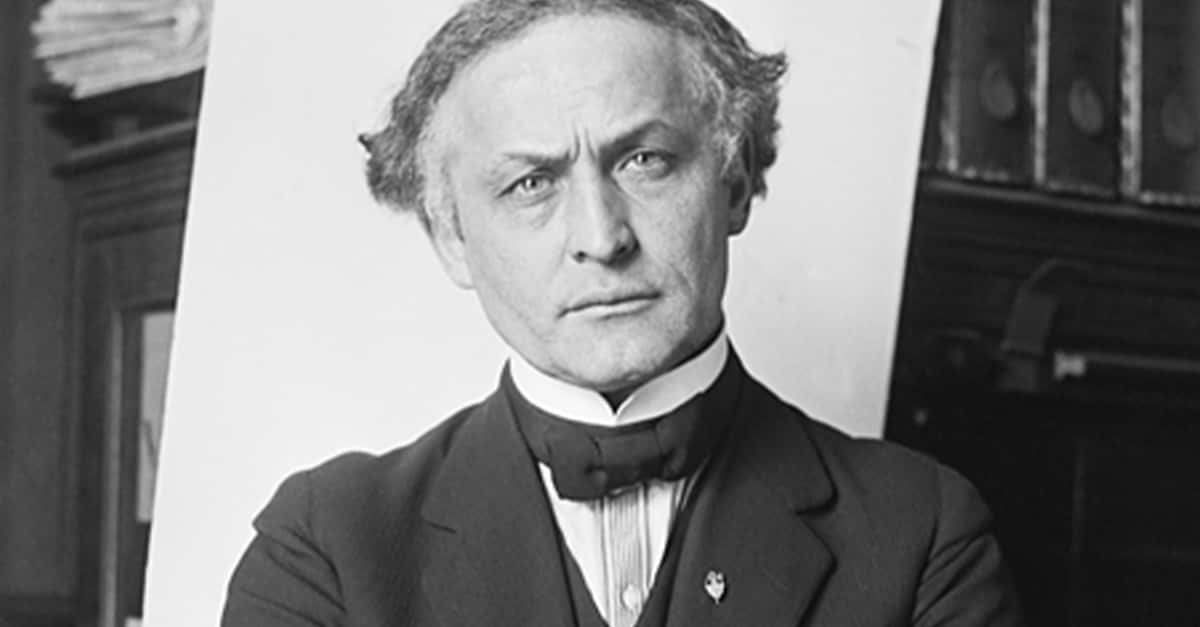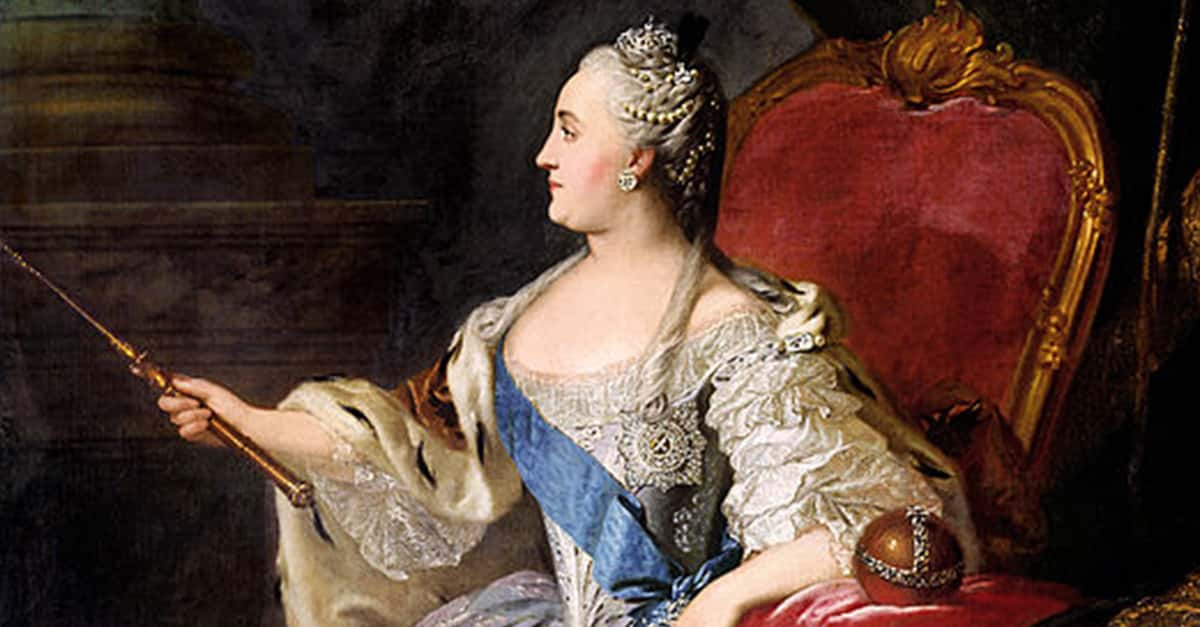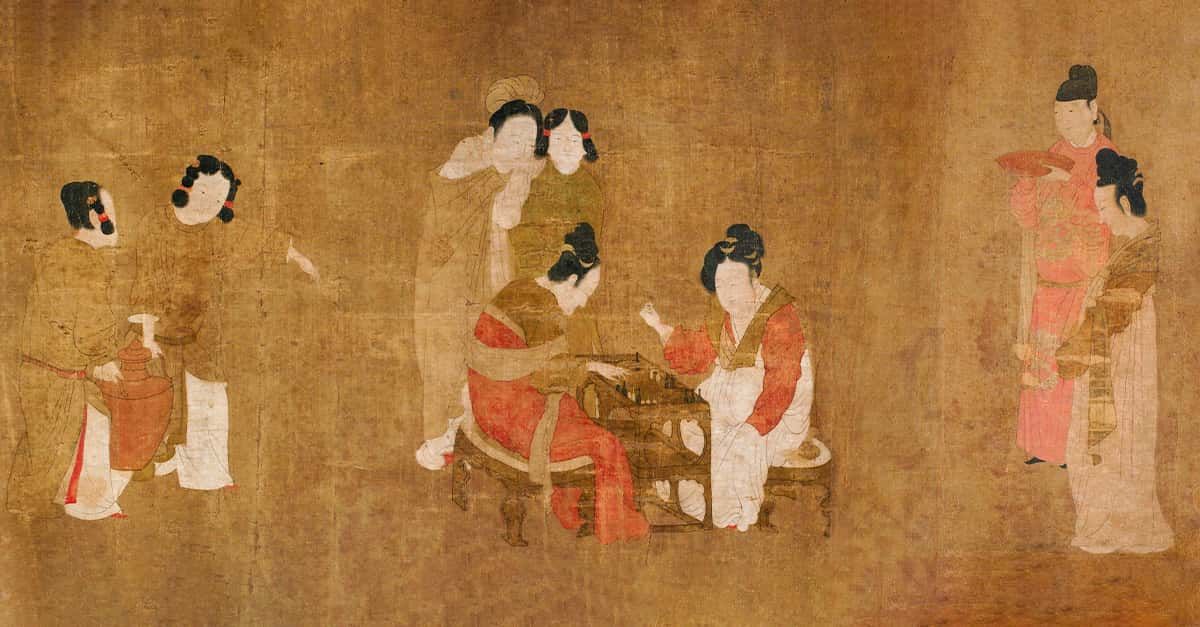Harry Houdini, the legendary magician and escape artist, seemed invincible to the public. He had escaped from handcuffs, prison cells, and underwater tanks. But a punch to the stomach delivered by a little-known college student named J. Gordon Whitehead may have set in motion the chain of events that led to Houdini’s sudden and shocking passing at age 52.
A College Visit With Deadly Consequences
On October 22, 1926, Houdini was in Montreal, Canada, giving lectures and performing despite being in visible discomfort. That afternoon, he received visitors in his dressing room at the Princess Theatre. Among them was J Gordon Whitehead, a 31-year-old McGill University student. The conversation turned to Houdini’s supposed ability to withstand heavy blows to the stomach—a feat he had performed often as part of his stage demonstrations.
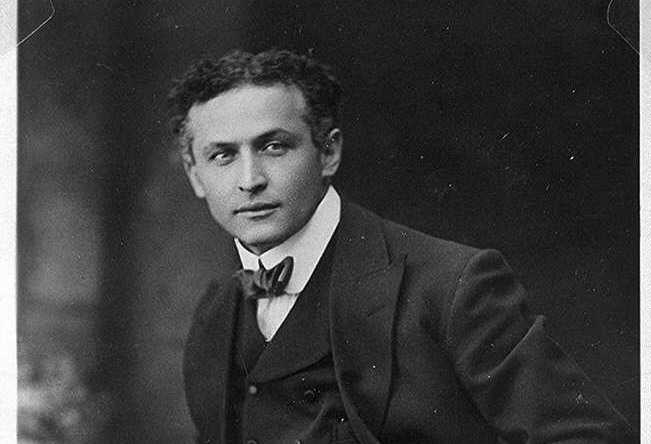 Miscellaneous Items in High Demand, PPOC, Library of Congress, Wikimedia Commons
Miscellaneous Items in High Demand, PPOC, Library of Congress, Wikimedia Commons
An Unexpected Punch To The Gut
According to eyewitness accounts, Whitehead asked if it was true that Houdini could absorb punches to the abdomen. Before Houdini could prepare himself or tighten his muscles, Whitehead let fly with a barrage of hard punches to Houdini’s stomach. Houdini reportedly winced in pain but waved off concern. He insisted the punch had caught him off guard, as he had not had a chance to brace for it—a critical aspect of the stunt.
A Slow Decline Into Crisis
In the days following the punch, Houdini’s condition worsened. He developed a high fever, abdominal pain, and chills. Despite obvious signs of illness, he continued to perform in Detroit. Finally, on October 24, he collapsed on stage but insisted on finishing the show. By the time he was hospitalized, doctors diagnosed him with acute appendicitis and peritonitis—an infection of the abdominal lining. Surgery came too late to save him.
The Official Cause
Houdini passed on October 31, 1926, from peritonitis caused by a ruptured appendix. Although the direct medical cause was not the punch, many thought the trauma might have worsened an already inflamed appendix or masked the symptoms, leading to a fatal delay in seeking treatment. The strange sequence of events transformed Whitehead’s punch from a foolish stunt into a moment of deadly consequence.
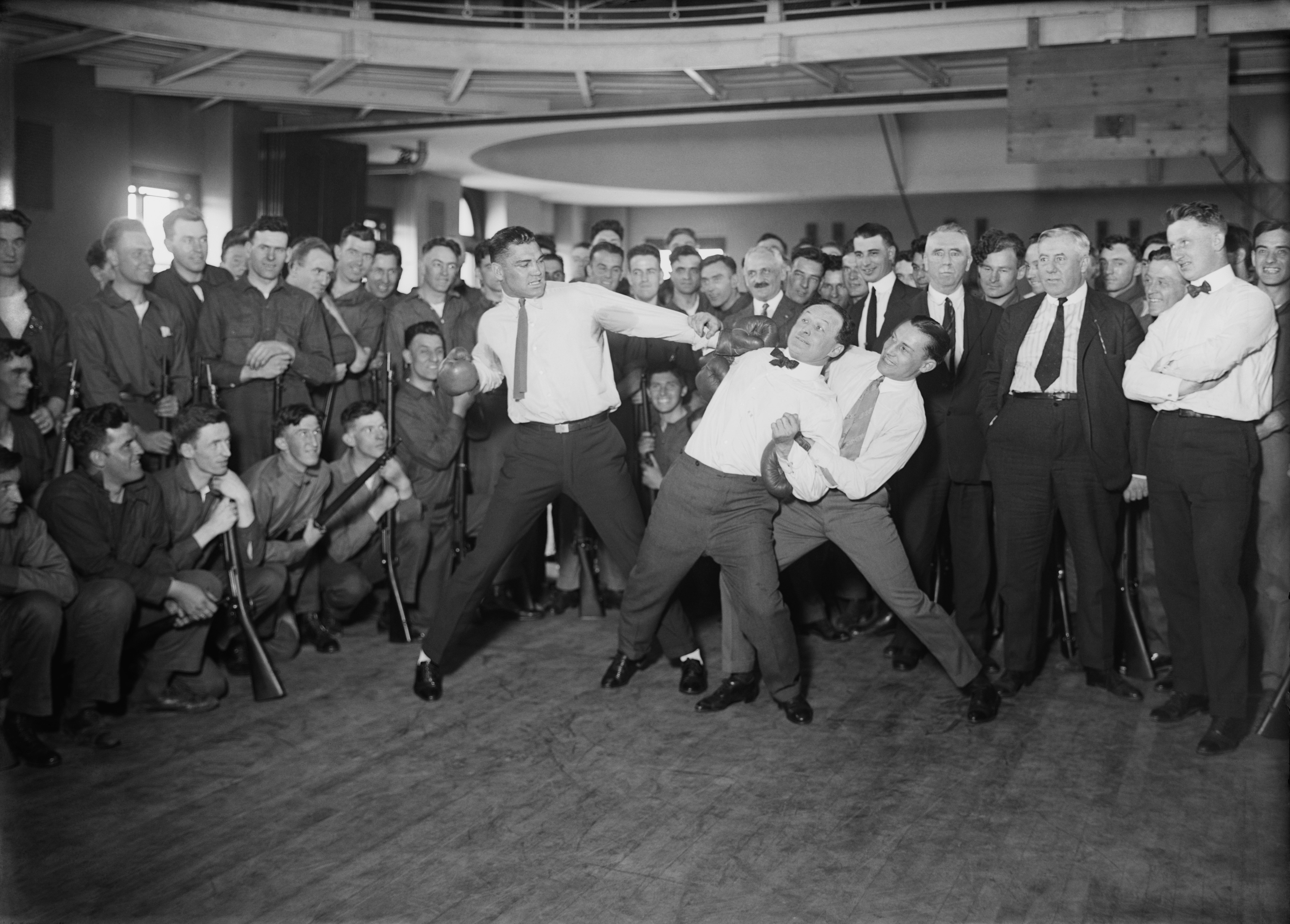 Unknown photographer, Bain News Service, publisher., Wikimedia Commons
Unknown photographer, Bain News Service, publisher., Wikimedia Commons
Who Was J Gordon Whitehead?
Little is known about J. Gordon Whitehead outside of his infamous encounter with Houdini. Born in Montreal in the 1890s, Whitehead was known to be a reclusive and eccentric figure. He was a part-time student at McGill but not widely regarded by classmates or professors. Descriptions of him paint a picture of an awkward, deeply religious man with few social connections. He faded into obscurity shortly after the incident.
No Charges Were Filed
Although Whitehead’s punch may have contributed to Houdini’s death, he was never charged with an offense. The magician’s demise was ruled accidental, and Houdini’s widow, Bess, chose not to press charges. She and Houdini’s physician, Dr. Daniel Reis, both believed that Houdini’s own stubbornness in avoiding medical care had more to do with the fatal outcome than the punch itself. Still, Whitehead would forever be associated with the demise of one of the world’s greatest performers.
A Life Lived In Shadows
After the incident, Whitehead withdrew almost completely from public life. He didn’t capitalize on the event, nor did he speak publicly about it. He lived with his parents in Montreal for many years, reportedly struggling with mental health issues and religious guilt. He never married, never held a steady job, and avoided the press. Some reports suggest he lived in poverty and was increasingly isolated.
What Happened To The Man Who Threw The Punch?
J Gordon Whitehead passed on in 1954 in Montreal. He was largely forgotten by then, remembered only in obscure footnotes about Houdini’s life. No detailed obituary was published, and he left no descendants or public record of his thoughts about the tragic event that defined his legacy. His role in Houdini’s demise is still one of the strangest intersections of celebrity and accident in 20th-century history.
You May Also Like:
Mystifying Facts About Harry Houdini, The Handcuff King
Astonishing Facts About History's Craziest Circus Performers

